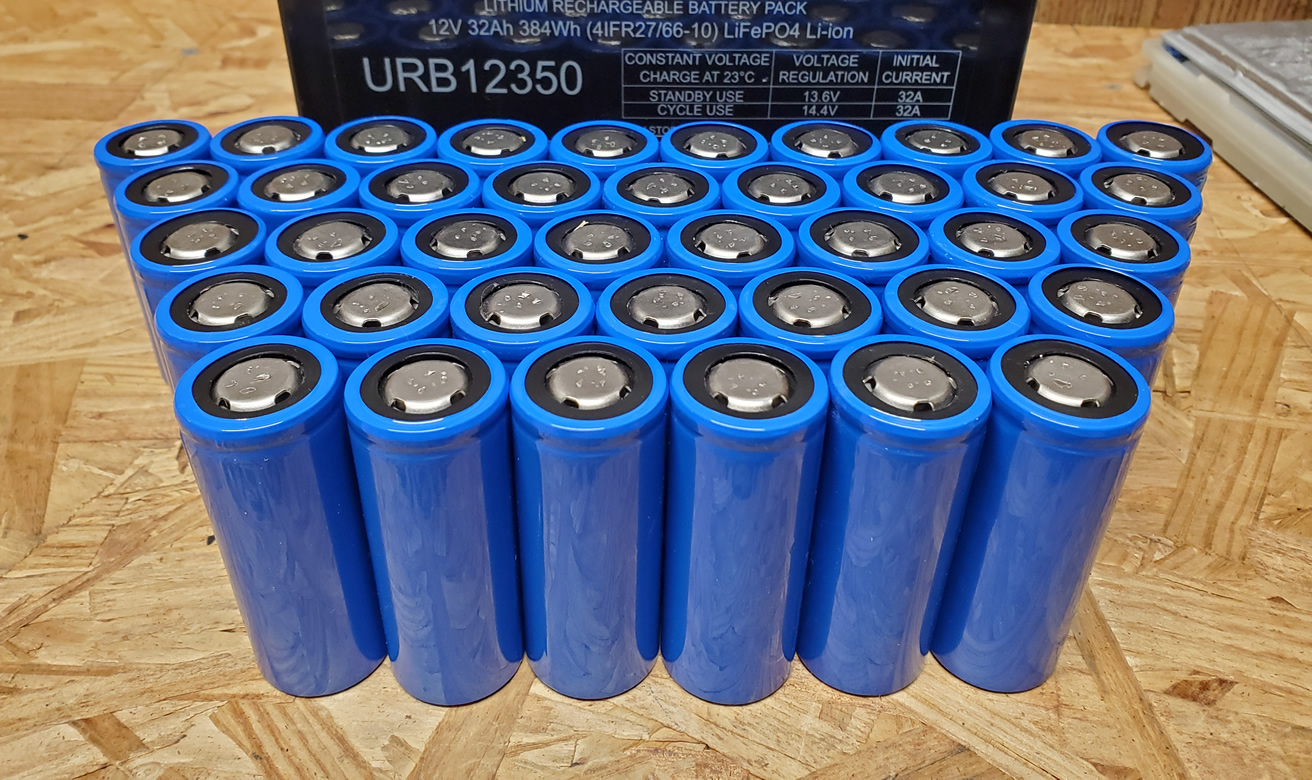Hi, I have a Syrio Power SI5000MKS II inverter which appears to be identified as the more common Pip 5048MG. I have a problem, when the inverter tries to enter bypass mode, the differential switch installed upstream of the inverter jumps. If I disconnect the ground wire, the inverter is able to enter bypass mode without blowing the RCD, after going into bypass mode if I connect the ground again the RCD does not jump anymore.
I tried to unplug the PAR board but the differential still jumps. I tried unsoldering the two movs on the input line from the board, and all the blue capacitors near the network input cables that have a ground connection, but even that didn't solve the problem. The jump of the differential seems to take place the instant the relays trip.
can someone help me or show me the part of the card where to look for the problem?
I tried to unplug the PAR board but the differential still jumps. I tried unsoldering the two movs on the input line from the board, and all the blue capacitors near the network input cables that have a ground connection, but even that didn't solve the problem. The jump of the differential seems to take place the instant the relays trip.
can someone help me or show me the part of the card where to look for the problem?
Last edited:



